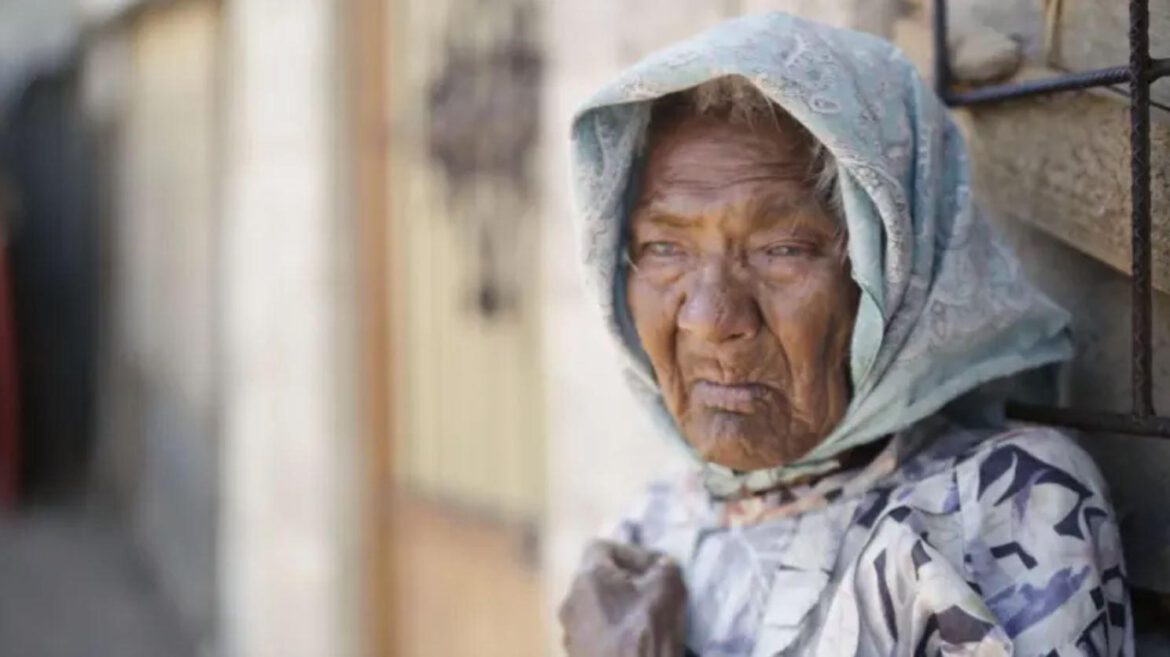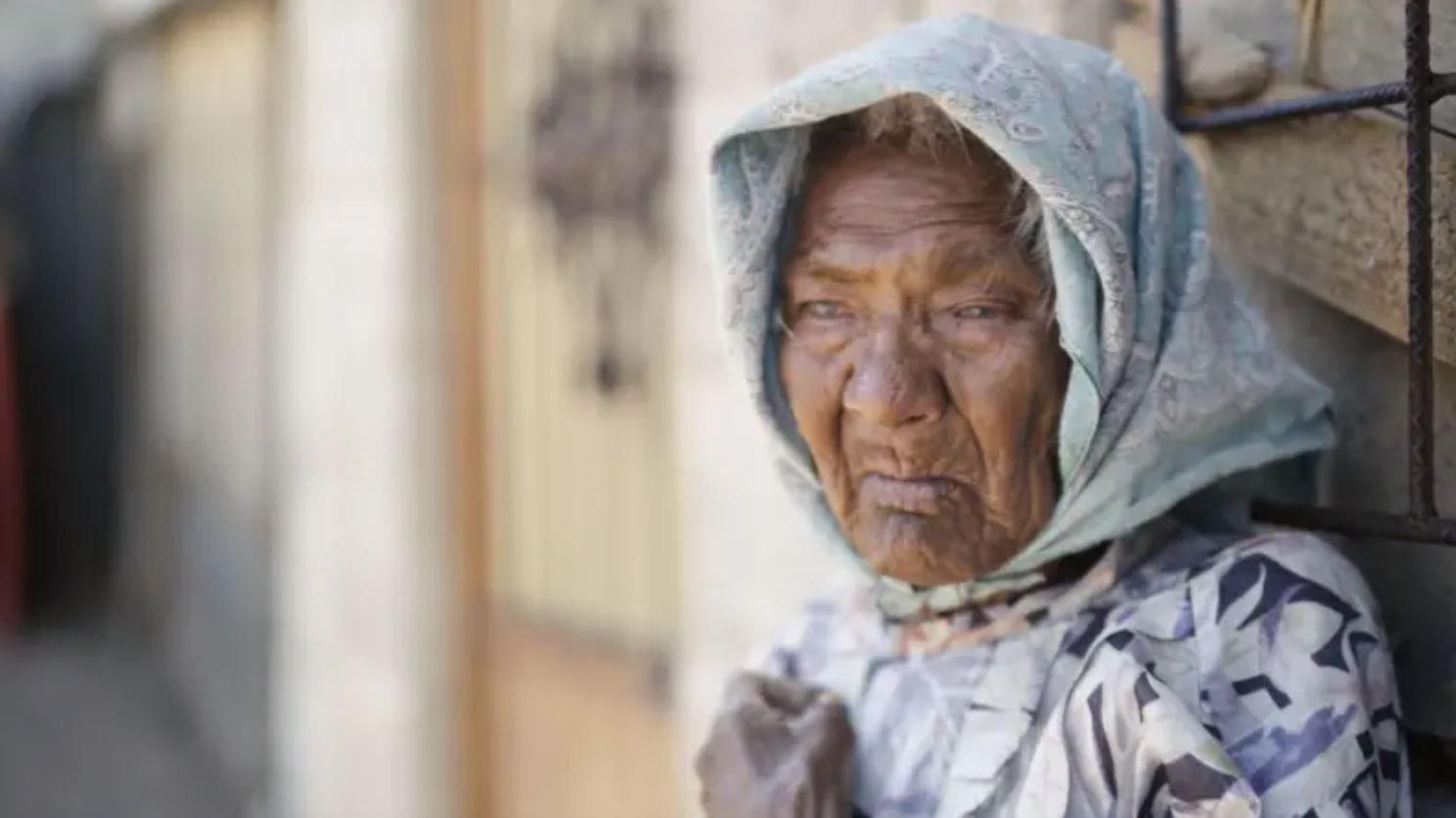
On 8 June 1983, Kansas police for United States find one woman for one church, she wear dirty clothes and she bin dey look confused.
Di woman tok some words wey dem no understand.
Dem interrogate her for English, but communication no possible.
No one sabi wetin she dey tok, eventually she lose her freedom for di next 12 years.
Rita Patino Quintero na her name, she be indigenous Raramuri (Tarahumara) from Mexico.
Dat day, she bin take refugee for di basement of di Methodist temple wey dey di city of Manter, western Kansas, USA.
Dem carry her go one police station, wia she beat one officer wey bin dey try clean her, Mexico feem maker Santiago Esteinou tok.
- Police arrest woman wey sell her pikin for N600,000
- ‘My rapist believe say attacking albino go protect am from sickness’
- From cartoon to human robot, Jadrolita tok how she turn mockery to content
Im na di director of “Di Woman of Stars and Mountains,” one documentary about Rita wey dem first show for April 2024.
‘Living inside nature’
Di director begin to feem for 2016, but di project no finish until 2022.
“I neva fall sick. I feel veri good about living wit nature,” Rita tok for di feem. She bin dey speak for her native Raramuri tongue as she dey look at di mountains for her home state for Chihuahua, one state for northern Mexico wia Raramuri indigenous pipo dey live.
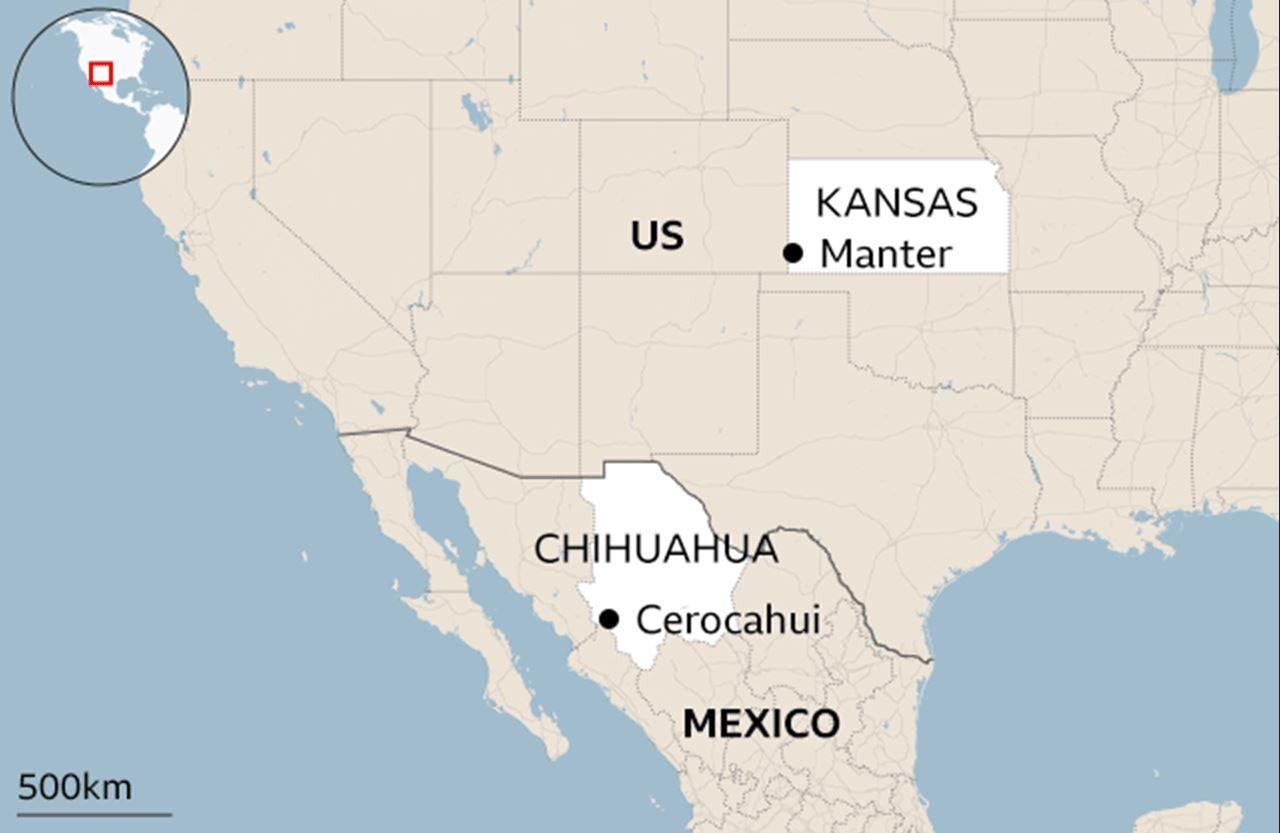
Raramuri mean “light runners” and e come from “rara”, meaning foot, and “muri,” meaning light.
For Raramuri pipo, running get important social and cultural significance.
Dem dey live for di slopes of Sierra Tarahumara, wey im complicated physical features dey force dem to avoid obstacles, cross streams, and climb mountains.
But for Kansas, di belief be say Rita bin struggle wit drier and colder conditions dan for her homeland.
And dat na wetin lead to her 12 years lock up for psychiatric inside US.
Language barrier
Di only language wey Rita bin sabi speak na Raramuri.
For Kansas court system and di hospital, dem bin no get any translators.
Rita sef, bin no understand wetin dey happun around her and why dem lock her up.
Di official translator no even understand her language.
“Dem carry her go court and one judge conclude say her head no correct, say she be danger to herself, so dem land her for psychiatric hospital,” Esteinou explain give BBC Mundo.
Di rest of her life she suffer exclusion, medical violence, institutional bureaucracy, and loneliness.
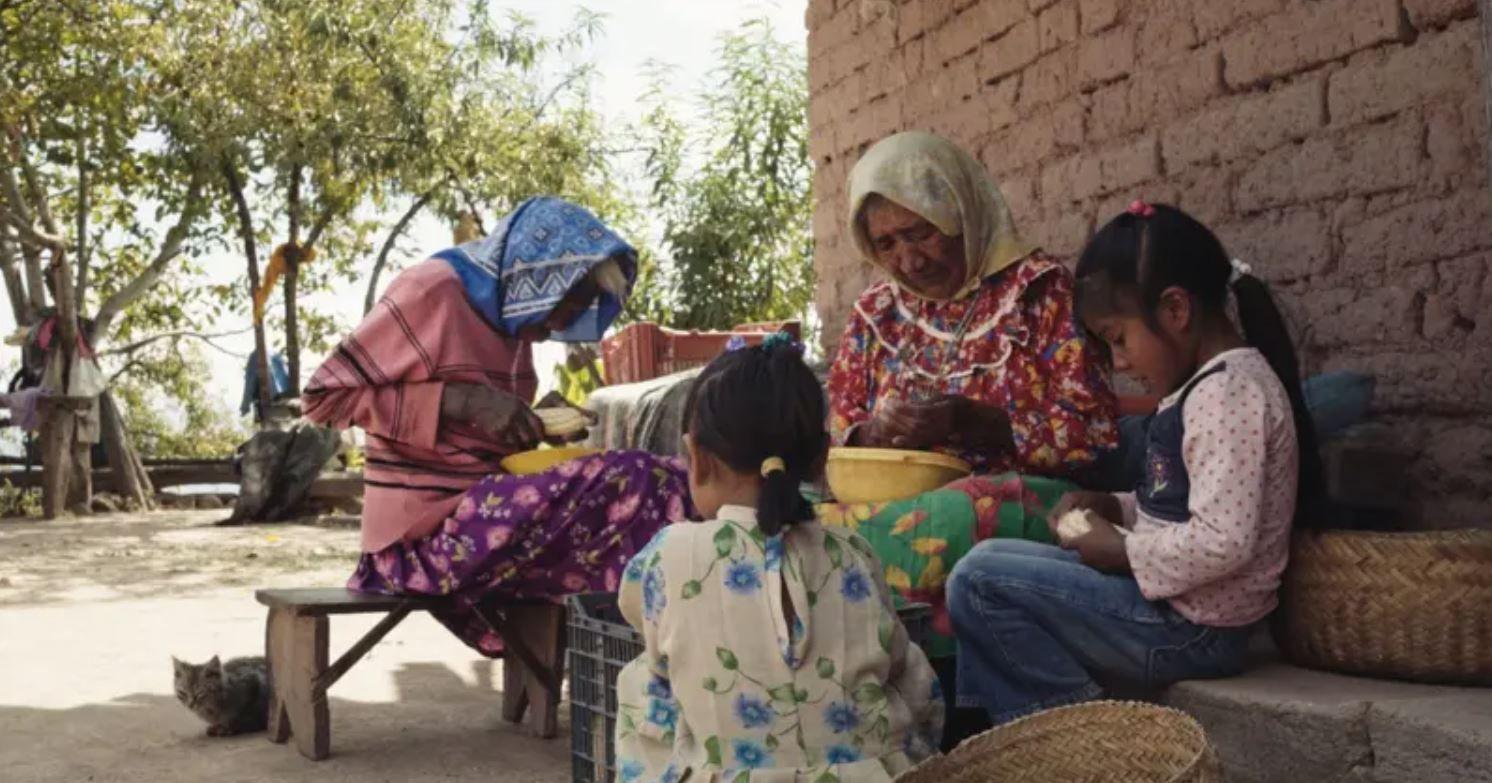
Who be di real Rita?
Rita na woman wey dey surrounded by myths and mysteries.
She be di sheepherder, midwife, herbalist, artisan, wash woman.
Rita do many tins, according to Esteinou documentary, wey interview her sister-in-law, niece, and severalof her neighbours.
Rita, wey di belief be say dem born her for 1930, bin originally come from Piedras Verdes, for Chihuahua, she later live near di region of Cerocahui for di municipality of Urique.
She bin get partner and one son, according to di director.
Im also describe her as rich woman for her community becos she get plenty sheep.
But one day evritin change and Rita soon become “feared and unwanted.”
Dem steal her sheep and her neighbours accuse her of killing her husband, claim wey dem no eva fit prove.
“Wetin happun be say dem treat her veri bad. Tori be say she fight wit her husband and she beat am and kill am,” Procopio Mancinas, one neighbour of Urique wey bin live near Rita and wey participate for di feem tok.
“Rita Patino no kill Jeronimo Renterias. Dem steal Rita Patino goats; steal her blankets, steal her sheep,” im continue.
Esteinou research no lead to any public records about her partner death for Chihuahua.
Tori be say some pipo believe say she bin get some kain “magical spell”.
But in reality, Esteinou say Rita bin get some disability.
Rita bin get speech problems and begin to wander wit her son.
Her community begin fear her. Di neighbours say no wia we she go wey dem receive her well.
“Some pipo no want her; wen she arrive, dem close di door on her. Pipo say, whe wan kill dem. But she bin dey hungry and want food,” Mancinas add.
As a result of evritin wey she experience and wetin dem tok about her, di authorities take away her son, di feem maker tok.
Why she leave Mexico and how she take reach Kansas na mystery, Esteinou point out. Di tinkin be say Rita waka from Mexico to Kansas.
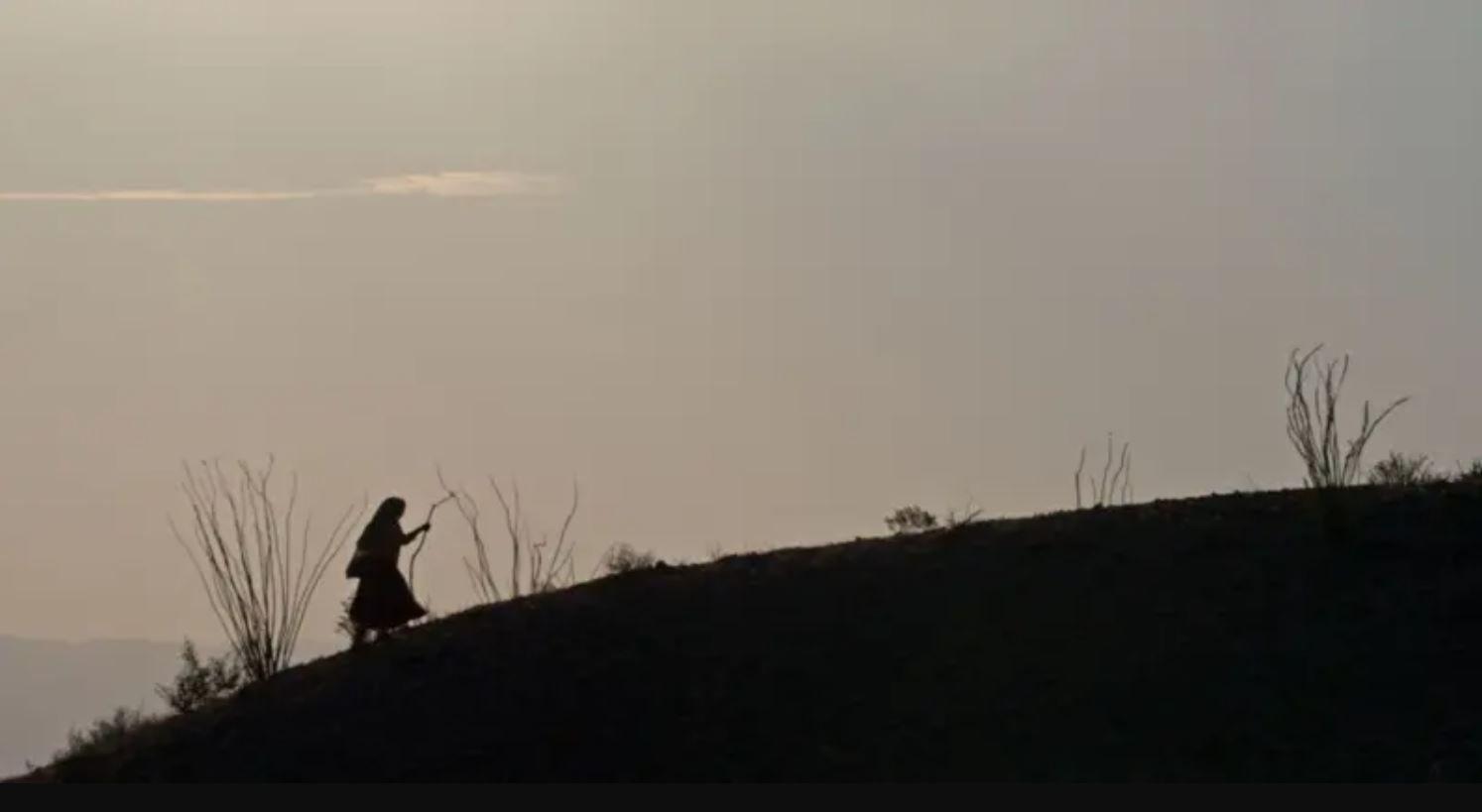
Freedom
The court initially order make dem admit di woman for psychiatric for three months.
Dem go evaluate her condition for di end of dat period.
However, di lawyer wey di court appoint no eva appear before di judges.
Im bin no fit communicate wit her sake of lack of translators.
At dat time, di medical staff claim say dem no sabi wia di patient come from, and dis make am difficult to contact any family member.
Months pass, come turn to years.
Rita no fit speak, she bin dey alone far from her home.
Dem bin dey pump her wit medicine witout any concrete identification of wetin dey worry her sake of language barriers.
“I see many forms of discrimination and violence. For Rita case, many elements come togeda. She be indigenous woman wey no sabi speak English, poor, and migrant, probably wit disability,” Esteinou tok.
E take dem ten years to solve di situation.
Kansas Advocacy and Protective Services organisation, now di Disability Rights Centre of Kansas, decide for 1994 to review di cases of patients wey bin don dey di hospital for more dan five years.
For Rita, di organisation assign lawyer, Toria Mroz.
“One of di first tins wey we do na to look for dia medical records. For di veri early stage of di documentation, dem reference di fact say she come from Chihuahua and she be indigenous Tarahumara,” Mroz tok for di documentary.
“Dat one bin dey her medical file di entire time wey she bin dey dia. Even so, ten years pass, and she bin still dey dia. Dem continue to say, ‘We no know wia she come from or which language she dey speak,” she add.
Di disability organisation carry di hospital and more dan 30 of dia staff go court. Dem ask for US$10 million for di damages.
Di legal process bin get im own challenges, becos Rita no dey court to testify.
At dat time, Esteinou tok say na only one psychiatrist bin dey capable of understanding Raramuri (Tarahumara).
Rita get her freedom, kon return to Mexico for 1995 but di case continue until 2001.
Dem finally solve am through mediation.
Rita bin get compensation of $90,000 but dem give $32,641 out of di total amount to di NGO wey help her.
Dem suppose use di rest of di moni help her for her kontri.
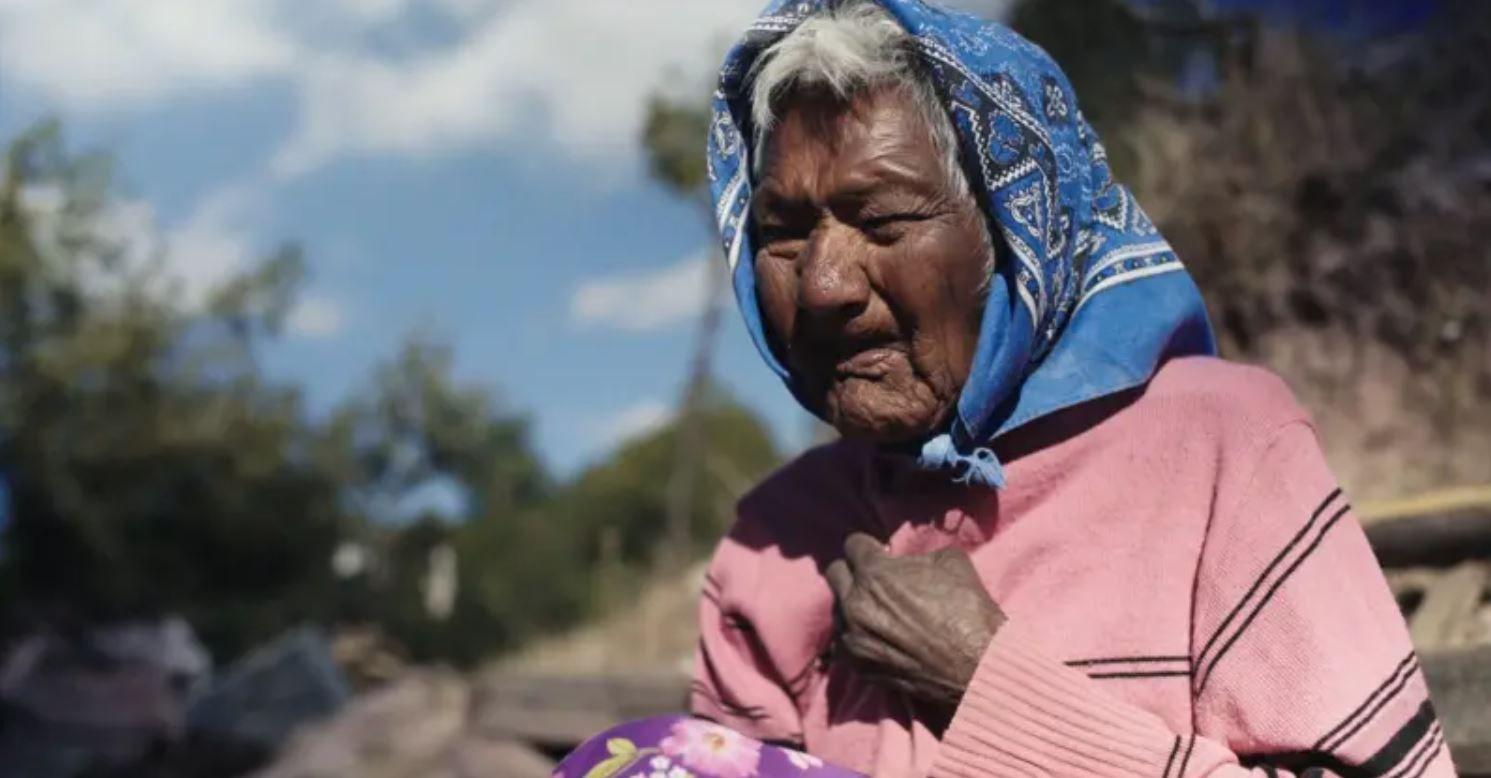
Poor but ‘happy’
Rita continue to live in poverty.
“Di court bin create one trust and kon appoint one reverend sister Beatriz Zapata, wey di NGO choose, as administrator of Rita assets. For about two years, she bin dey give her about $300 a month and den give her $6,000 in one lump sum. But afta, di sister disappear wit di moni,” di feem maker explain.
For several years di sister use di moni for herself. Di court bin only fit recova $10,000 from the nun.
Dem kon appoint two new administrators. Dis ones bin dey charge $1,000 evri year for managing di trust. Both claim say dem bin no fit find Rita anywia.
Ten years later, di moni finish.
Rita na di only publicly known victim of medical negligence due to lack of communications from Latin America but many oda indigenous women from North America experience similar problems.
Rita Patino die for 2018. Afta her death, her family and community do “celebration”.
Raramuri people believe say to honour di dead wit a party dey help dem move to di next plane of existence, wey dey for im origin: di stars wey illuminate di Sierra Tarahumara mountains.
During her time for Mexico, Rita bin dey sing and dance but she also bin live self-absorbed life,” Esteinou remember.
“I dey veri happy to dey here [for my homeland],” Rita tell Esteinou during one of dia meetings.

